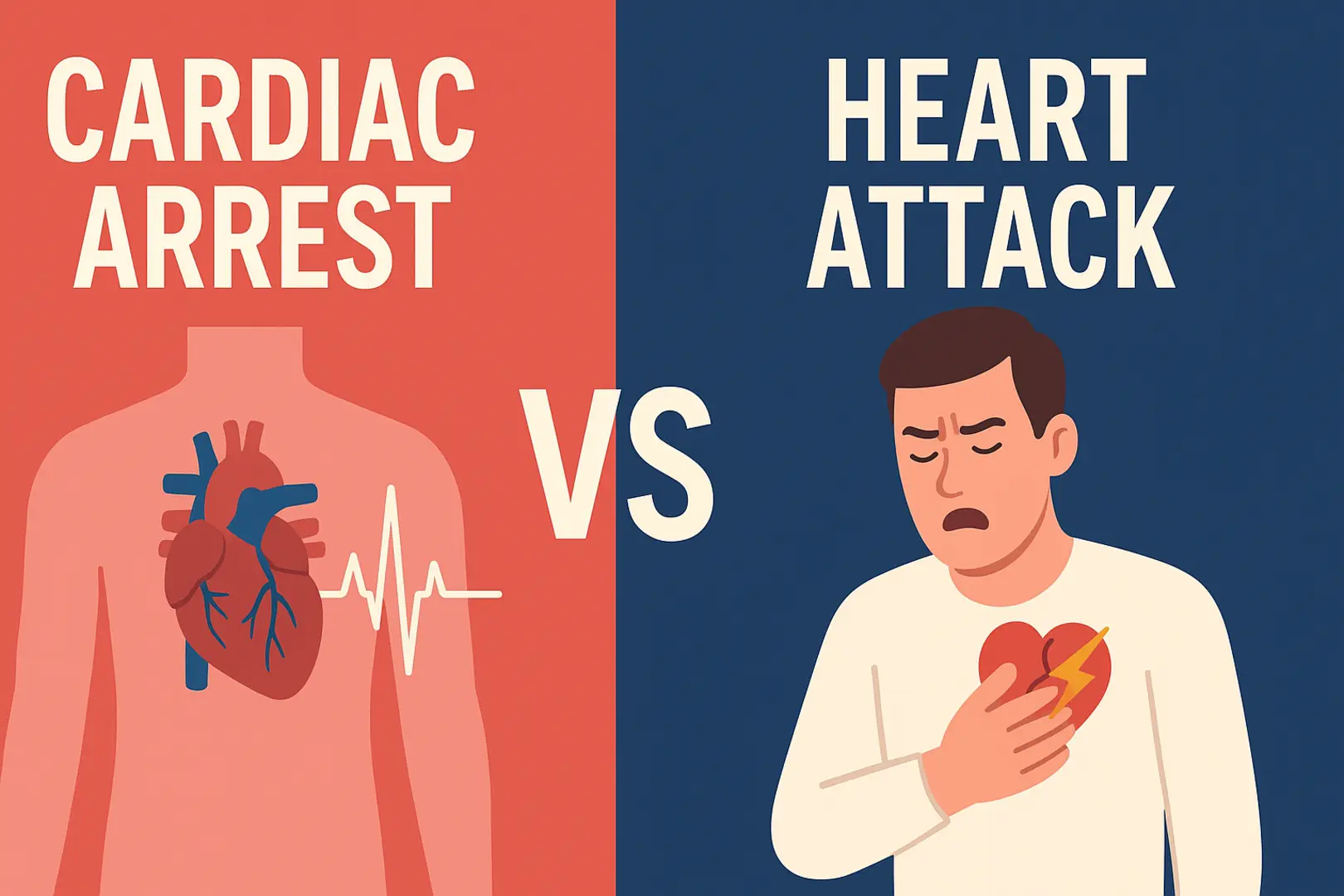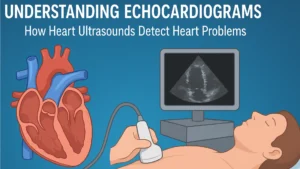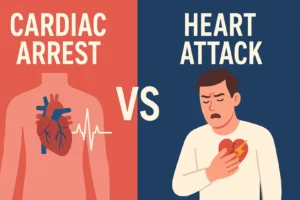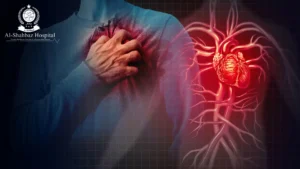Understanding the Critical Differences That Could Save Lives
Heart emergencies are among the most misunderstood medical conditions, with many people using “cardiac arrest” and “heart attack” interchangeably. However, these are distinctly different cardiovascular emergencies that require different responses and treatments. Understanding these differences could be the key to saving a life, potentially your own or someone you love.
What Is a Heart Attack? The Silent Killer Explained
A heart attack, medically known as myocardial infarction, occurs when blood flow to a part of the heart muscle becomes blocked, typically by a blood clot. This blockage prevents oxygen-rich blood from reaching the heart muscle, causing that section of heart tissue to begin dying.
Heart Attack Symptoms: Warning Signs You Shouldn’t Ignore
Heart attack symptoms can vary significantly between individuals, and recognizing them early is crucial for survival and minimizing heart damage.
Common Heart Attack Symptoms Include:
- Chest pain or discomfort in the center or left side of the chest lasting more than a few minutes
- Pain spreading to arms, neck, jaw, or back
- Shortness of breath
- Cold sweat, nausea, or lightheadedness
- Fatigue or weakness
Gender Differences in Symptoms: Women may experience different symptoms than the classic chest pain, including unusual fatigue, nausea, shortness of breath, or back pain. This difference in symptom presentation contributes to delayed treatment in women.
Heart Attack Statistics: The Current Landscape
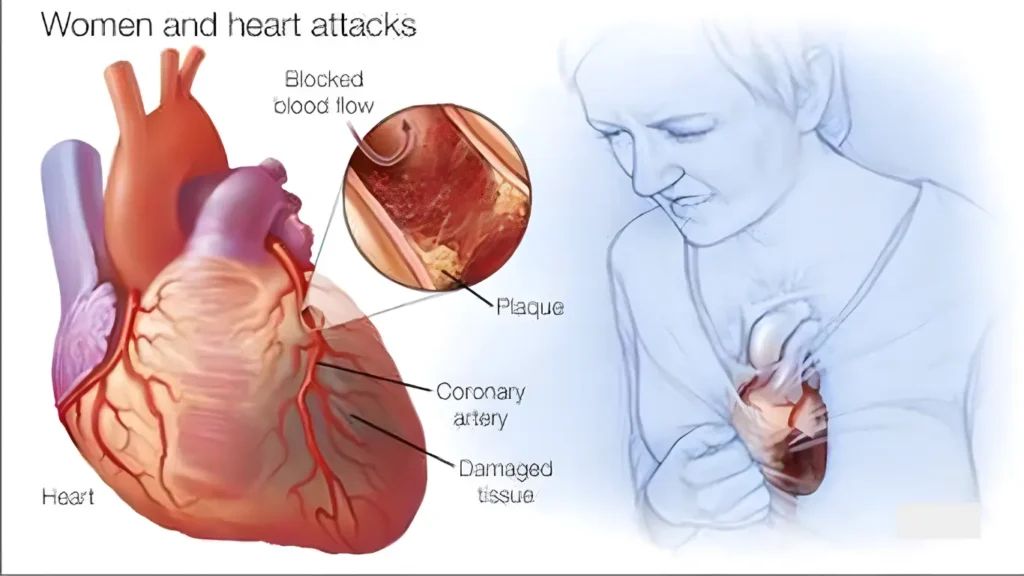
Heart disease remains a leading health crisis in the United States. According to recent data, cardiovascular disease causes 2,552 deaths each day based on 2021 statistics. The American Heart Association’s 2024 statistical update reveals that 46.7% of U.S. adults have high blood pressure, with 38% of those unaware of their condition (Health.com).
What Is Cardiac Arrest? When the Heart Stops
Cardiac arrest is a sudden loss of heart function, breathing, and consciousness. Unlike a heart attack, where the heart continues beating despite blocked arteries, cardiac arrest means the heart stops beating entirely. This is a medical emergency requiring immediate intervention.
Cardiac Arrest Symptoms: Recognizing the Emergency
Cardiac arrest symptoms are dramatic and unmistakable:
- Sudden collapse
- No pulse
- No breathing
- Loss of consciousness
There are typically no warning signs before sudden cardiac arrest, making it particularly dangerous.
Cardiac Arrest Statistics: A Public Health Crisis
Cardiac arrest statistics paint a sobering picture. There are more than 356,000 out-of-hospital cardiac arrests annually in the U.S., with nearly 90% proving fatal. The survival rate for sudden cardiac arrest outside hospitals has remained stubbornly low at approximately 10% for decades, though some areas with optimal response systems achieve survival rates of 30-40%(AHA CPR Stats, Wikipedia).
Approximately 70% of cardiac arrests occur during a heart attack, often in older adults. However, cardiac arrest can also strike younger people due to trauma, genetic heart rhythm abnormalities, congenital heart disease, heart failure, drug use, and infections.
Global & U.S. Statistics
Heart Disease Mortality: Over 919,000 U.S. deaths in 2023 were due to cardiovascular causes, 1 person every 34 seconds (CDC).
Cardiac Arrest: U.S. out-of-hospital cases: 326,000; in-hospital 209,000 annually (Wikipedia).
Survival Rates: OHCA survival 10%; IHCA 25% (Wikipedia).
Preventability: Up to 80–90% of heart attacks and strokes are preventable via lifestyle changes like smoking cessation, healthy diet, exercise, blood pressure/cholesterol control (WHO, Wikipedia CAD, Wikipedia CVD).
Heart Attack vs Cardiac Arrest: Key Differences
Understanding the fundamental differences between these conditions is essential for an appropriate response:
Heart Attack (Myocardial Infarction):
- The heart continues beating
- Caused by blocked blood flow to the heart muscle
- Gradual onset with warning symptoms
- The person remains conscious
- Treatment focuses on restoring blood flow
Cardiac Arrest:
- The heart stops beating entirely
- Caused by an electrical malfunction
- Sudden onset with no warning
- The person loses consciousness immediately
- Treatment requires immediate CPR and defibrillation
Treatment Options: How Medical Professionals Save Lives
Heart Attack Treatment: Restoring Blood Flow
Heart attack treatment focuses on quickly restoring blood flow to the affected heart muscle. Time is critical – the faster treatment begins, the more heart muscle can be saved.
Emergency Treatments Include:
- Clot-busting medications (thrombolytics)
- Percutaneous coronary intervention (PCI) or angioplasty
- Coronary artery bypass surgery
- Medications to reduce heart workload and prevent clots
Long-term Treatment:
- Medications (beta-blockers, ACE inhibitors, statins)
- Cardiac rehabilitation programs
- Lifestyle modifications
- Regular monitoring and follow-up care
Cardiac Arrest Treatment: Every Second Counts
Cardiac arrest requires immediate action. The chain of survival includes:
- Early Recognition and Activation of Emergency Response
- Early CPR: If performed immediately, CPR can double or triple survival chances
- Early Defibrillation: Automated External Defibrillators (AEDs) can restore the heart rhythm
- Early Advanced Life Support: Professional medical care
- Post-Cardiac Arrest Care: Specialized hospital treatment
Unfortunately, only about 40% of people experiencing out-of-hospital cardiac arrest receive immediate help before professional responders arrive.
Key Differences: Cardiac Arrest vs. Heart Attack
| Feature | Heart Attack | Cardiac Arrest |
| Cause | Blocked artery | Abnormal heart rhythm (arrhythmia) |
| Symptoms | Chest pain, nausea, fatigue | Sudden collapse, no pulse |
| Consciousness | Often conscious | Unconscious immediately |
| Urgency | Emergency, but the heart may still beat | Immediate CPR/defibrillation required |
| Result | Heart muscle damage | Death if untreated in minutes |
Prevention Strategies: Your First Line of Defense
Heart Attack Prevention: Controlling Risk Factors
Most heart attacks are preventable through lifestyle modifications and risk factor management:
Primary Prevention Strategies:
- Maintain healthy blood pressure (below 120/80 mmHg)
- Keep cholesterol levels in check
- Avoid tobacco use
- Maintain a healthy weight
- Exercise regularly (150 minutes of moderate activity weekly)
- Follow a heart-healthy diet rich in fruits, vegetables, and whole grains
- Manage stress effectively
- Limit alcohol consumption
- Control diabetes if present
Secondary Prevention: For those who’ve already had a heart attack, additional medications and closer monitoring are essential to prevent future events.
Cardiac Arrest Prevention: Addressing Underlying Conditions
While cardiac arrest often occurs without warning, certain steps can reduce risk:
- Regular cardiac checkups to identify heart rhythm disorders
- Managing existing heart conditions
- Avoiding excessive alcohol and recreational drugs
- Treating sleep apnea
- Maintaining electrolyte balance
- Following prescribed medications for heart conditions
The Role of CPR and Public Awareness
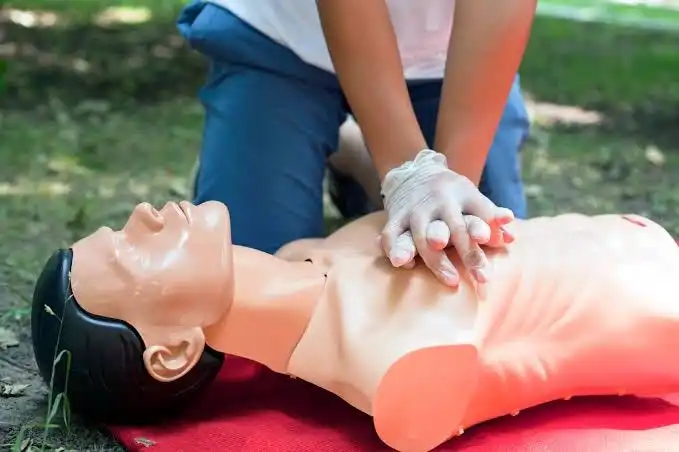
High-quality CPR significantly impacts survival outcomes. For the past 20 years, survival rates have remained around 10% for out-of-hospital cardiac arrests, but research shows proper CPR can dramatically improve these numbers. Communities with higher CPR training rates and AED availability show markedly better survival statistics.
Risk Factors: Who’s Most Vulnerable
Common Risk Factors for Both Conditions:
- Age (risk increases with age)
- Family history of heart disease
- High blood pressure
- High cholesterol
- Diabetes
- Obesity
- Smoking
- Physical inactivity
- Excessive alcohol consumption
Specific Cardiac Arrest Risk Factors:
- Previous heart attack
- Coronary artery disease
- Enlarged heart
- Heart rhythm disorders
- Genetic conditions affecting heart rhythm
- Drug use (particularly stimulants)
When to Call Emergency Services
Call 911 immediately for:
- Any suspected heart attack symptoms
- Loss of consciousness
- Severe chest pain
- Difficulty breathing
- Signs of cardiac arrest
Remember: It’s better to call emergency services for a false alarm than to delay treatment for a real emergency.
Technology and Innovation in Heart Emergency Care
Advances in medical technology continue to improve outcomes for both heart attacks and cardiac arrests. These include better clot-busting drugs, improved stent technology, more sophisticated defibrillators, and enhanced post-arrest care protocols.
The Importance of Community Response
Survival from cardiac emergencies often depends on community preparedness. Areas with higher rates of CPR training, widespread AED placement, and quick emergency response systems consistently show better survival rates.
Conclusion: Knowledge Saves Lives
Understanding the differences between cardiac arrest and heart attacks empowers you to respond appropriately in emergencies and take preventive measures for your cardiovascular health. While both conditions are serious, the key differences in symptoms, treatment, and prevention strategies can mean the difference between life and death.
The statistics are clear: cardiovascular emergencies remain a leading cause of death, but many cases are preventable through lifestyle modifications and community preparedness. By recognizing warning signs, maintaining heart-healthy habits, and learning basic life-saving skills like CPR, we can all contribute to improving survival rates and reducing the impact of heart disease.
Take charge of your heart health today.
If you or a loved one is at risk of heart disease, don’t wait. Visit Al Shahbaz Hospital for expert cardiology consultations, 24/7 emergency services, and comprehensive heart health screening. Your heart is in trusted hands.
Visit: https://alshahbazhospital.com
Frequently Asked Questions (FAQs)
Q: Can a heart attack cause cardiac arrest?
A: Yes, approximately 70% of cardiac arrests occur during heart attacks. The heart attack can trigger dangerous heart rhythms that lead to cardiac arrest.
Q: What’s the survival rate for heart attacks vs cardiac arrest?
A: Heart attack survival rates are significantly higher than cardiac arrest. While specific heart attack survival rates vary depending on severity and treatment speed, cardiac arrest has only a 10% survival rate outside hospitals.
Q: Can young, healthy people experience cardiac arrest?
A: Yes, while cardiac arrest is more common in older adults, it can occur in younger people due to genetic heart conditions, drug use, trauma, or undiagnosed heart problems.
Q: How long can someone survive cardiac arrest?
A: Brain damage can begin within 4-6 minutes of cardiac arrest. Immediate CPR and defibrillation within the first few minutes dramatically improve survival chances.
Q: Are the symptoms always obvious?
A: Heart attack symptoms can be subtle, especially in women, diabetics, and elderly individuals. Some people experience “silent” heart attacks with minimal symptoms. Cardiac arrest symptoms are always dramatic and unmistakable.
Q: What should I do if someone is having a heart attack?
A: Call 911 immediately, help the person sit comfortably, loosen tight clothing, and if they’re not allergic and not bleeding, give them aspirin to chew. Stay with them until help arrives.
Q: What should I do if someone is in cardiac arrest?
A: Call 911, begin CPR immediately (30 chest compressions followed by 2 rescue breaths), and if available, use an AED. Continue until emergency responders arrive.
Q: Can heart attacks be prevented?
A: Most heart attacks are preventable through healthy lifestyle choices: not smoking, regular exercise, healthy diet, maintaining a normal weight, and managing conditions like high blood pressure and diabetes.
Q: Is chest pain always present in heart attacks?
A: No, particularly in women, elderly individuals, and people with diabetes, heart attacks may present with symptoms like shortness of breath, nausea, fatigue, or back pain instead of chest pain.
Q: How effective is CPR in saving lives?
A: When performed immediately, CPR can double or triple survival chances from cardiac arrest. High-quality CPR maintains blood flow to vital organs until professional help arrives.
Q: Can cardiac arrest happen during sleep?
A: Yes, cardiac arrest can occur at any time, including during sleep. This is why family members need to learn CPR and recognize emergencies.
Q: What’s the difference between a heart attack and heartburn?
A: Heartburn typically causes a burning sensation behind the breastbone and may worsen when lying down. Heart attack pain is usually more pressure-like and may be accompanied by other symptoms like shortness of breath or sweating.


